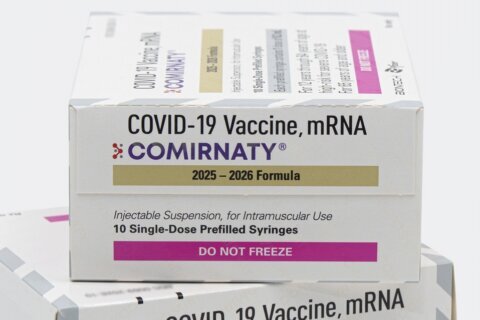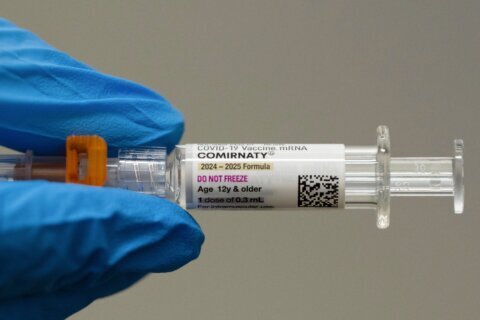After social distancing, stay-at-home orders, and shuttered businesses and schools, when will life return to normal?
A recent report on the nationwide response to the coronavirus pandemic said there are four conditions that must be met before large-scale social distancing and stay-at-home orders should begin to be relaxed.
Caitlin Rivers, an assistant professor in Johns Hopkins University’s Department of Environmental Health and Engineering, who contributed to the report — billed as a “road map to reopening” — discussed the coronavirus response in an online press briefing hosted by the school’s Bloomberg School of Public Health.
The first phase — which involves social distancing and limiting contacts with others — is designed to “break chains of transmission and to protect our health care systems from being overwhelmed,” said Rivers, who holds a doctorate in genetics, bioinformatics and computational biology and a master’s in public health in infectious disease.
Before those measures can be relaxed, four conditions must be met, Rivers said:
- A decline in the number of new cases being reported for at least two weeks. “That means every day for two weeks, we would like to see fewer cases,” Rivers said.
- Enough capacity in the health care system to safely treat everybody, and enough personal protective equipment for health care workers.
- A scale-up in testing; and
- A scale-up in public health resources, “so that we have enough epidemiologist and community health workers to be able to follow up with everyone who receives a diagnostic test and their close contacts,” Rivers said.
“When we have those capabilities … we can start to lift some of the social distancing measures that we are all observing, and start to regain some of our normalcy,” Rivers said.
After the first phase of coronavirus response — which has seen businesses shuttered, schools closed and people told to stay home — the second phase takes a more targeted approach.
For example, rather than everybody urged to stay home, only those who are sick and their close contacts might be asked to do so, Rivers said.
In order to take a more targeted approach, there also needs to be a scale-up in testing.
“Testing capacities are still a major issue in many communities in the United States,” Rivers said. “And without reliable diagnostic testing and voluminous diagnostic testing, we’re not going to be able to really take that case-based approach because there will be people who are sick that we’re not able to appropriately identify.”
- Sign up for news alerts from WTOP
- Leesburg woman who thinks she beat coronavirus offers advice
- 16.8M Americans out of work; Easter celebrations move online
- Predicting the peak of the coronavirus outbreak in Maryland is an inexact science
- Coronavirus test results in D.C., Maryland and Virginia
- Coronavirus FAQ: What you need to know
Testing has expanded recently — with about 1 million tests being run a week — which is a positive sign, Rivers said.
However, a large percentage of those tests are still coming back positive — up to 40% in some areas. “And that’s telling you that we haven’t really found the edges of our outbreak yet,” she said.
As for when the number of coronavirus cases in the region will peak, Rivers said it may still be too early to tell.
“We know that any intervention you can take today will probably not be visible in the data for two to three weeks, maybe even four weeks,” Rivers said.
Stay-at-home orders were issued in D.C., Maryland and Virginia two weeks ago.
“We are hopeful that we will begin to see the impacts of that timeline in our data. But we really can’t say until it unfolds,” Rivers said.








